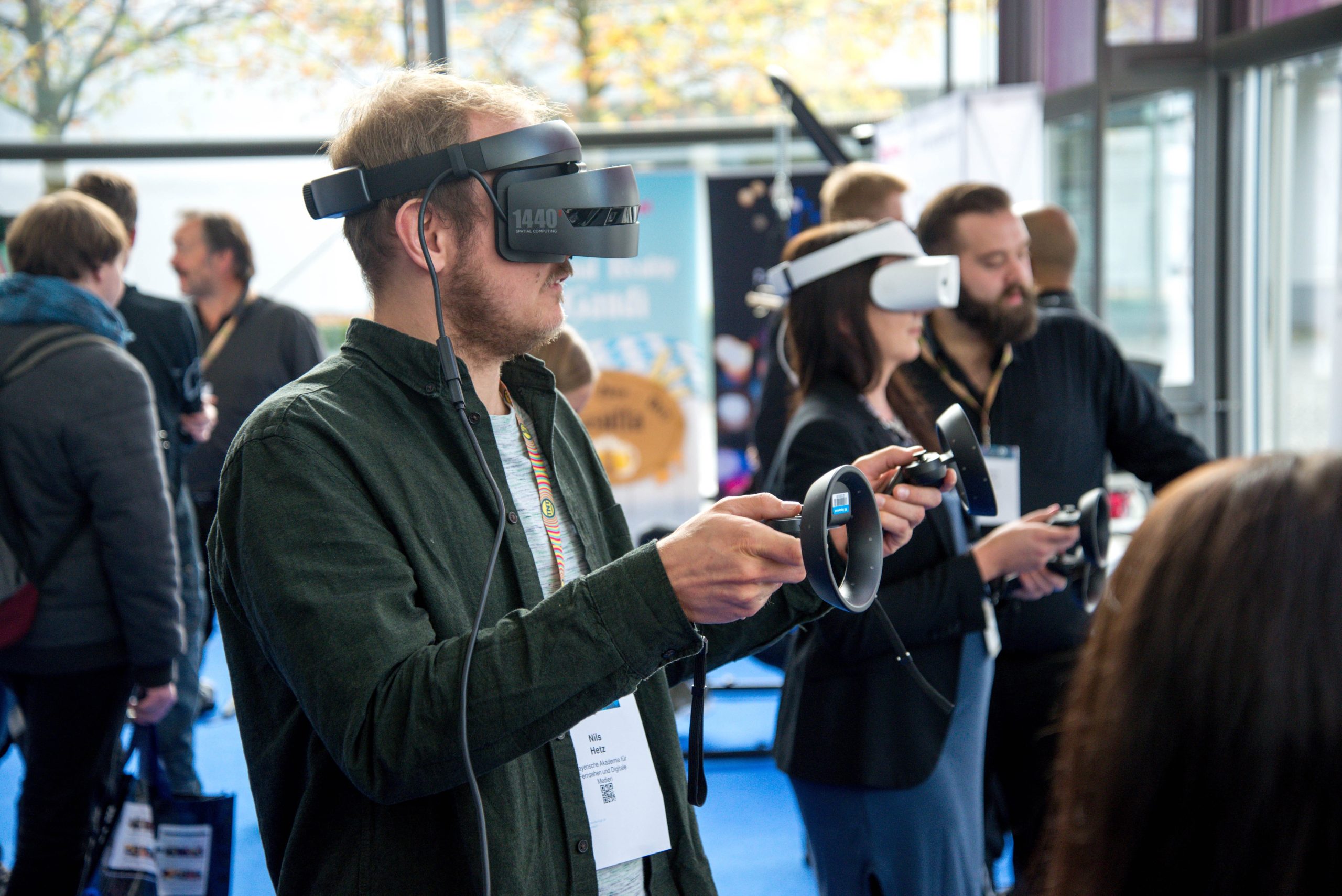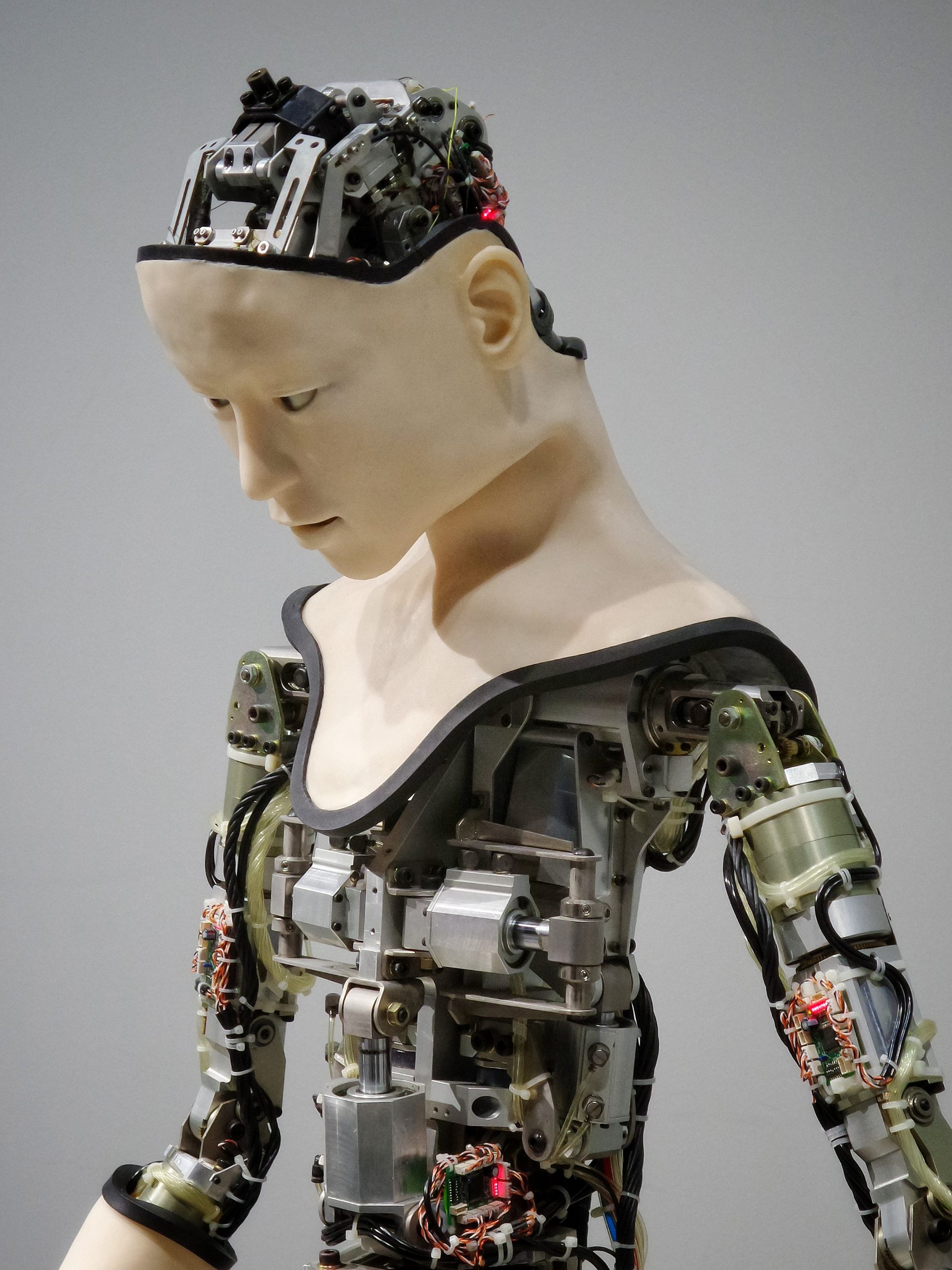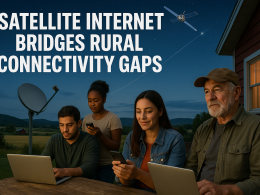Introduction
Welcome to the future of online communities! It’s 2024 and we’re breaking down barriers like never before, thanks to the power of virtual reality. In this blog post, we’ll explore how VR is revolutionizing the way we connect with one another by creating inclusive spaces that are accessible to everyone. Whether you’re living with a disability, located in a remote area or simply looking for a more immersive social experience, virtual reality has something incredible to offer. So buckle up and get ready to discover how this technology is changing the game when it comes to building meaningful relationships and fostering a sense of belonging online.
Virtual Reality and Inclusive Communities
Virtual reality technology is creating inclusive online communities that are more accessible and inclusive for everyone. Virtual reality has the ability to transport people into different environments, which can be used to create immersive online communities. These communities can provide a safe and supportive space for people with disabilities, as well as other marginalized groups.
One example of a virtual reality community that is designed to be inclusive is VRChat. VRChat is a social networking platform that allows users to interact in virtual reality environments. The platform has a wide range of features, including support for voice and text chat, group chats, and multiplayer games. This makes it perfect for creating inclusive online communities.
VRChat also has features that make it accessible for people with disabilities. For example, the platform includes tools that allow users to adjust the volume and sensitivity of the controls in their virtual reality headset. Additionally, VRChat includes an accessibility mode that allows people with vision impairments to access the site without having to use glasses or special software. This makes it easier for people who have difficulty using computers or mobile devices to participate in virtual reality online communities.
The benefits of virtual reality technology are clear: it creates immersive environments that are accessible and comfortable for everyone. Virtual Reality technology is changing the way we think about online communities, and its inclusive nature will only make these spaces more welcoming for all members…
The Benefits of Virtual Reality for Inclusive Communities
Virtual reality has been seen as a barrier-breaking technology for creating inclusive communities since its inception. In the early 1990s, VR was used to treat post-traumatic stress disorder (PTSD) in military veterans. However, it wasn’t until 2009 that VR was used for therapeutic purposes by psychiatrist Michael Merzenich and his team at the University of California, San Francisco.
Merzenich’s lab experimented with using VR to help individuals with autism spectrum disorder (ASD) and other developmental disabilities communicate and socialize. They found that when autistic individuals wore a headset and interacted with virtual characters, they showed significant improvements in their communication skills and social interactions.
Since then, VR has continued to be used in various ways to help people with disabilities or mental health issues. For example, VR therapy has been used to treat anxiety disorders, depression, chronic pain, addiction, PTSD, and more [1]. In fact, there are now over 130 clinical studies that have been conducted using VR for various medical treatments [2].
There are also numerous virtual reality applications that are specifically designed for inclusive communities. One such application is called “Cyber Corps.” Cyber Corps is an immersive environment designed to promote collaboration among people with different cognitive abilities [3]. It allows users to work together in a simulated environment and learn new skills while having fun.
Another application called “Discovery World” is designed for people with developmental disabilities [4]. It allows them to explore different environments
How to Create an Inclusive VR Community
Virtual reality provides a unique platform for creating inclusive online communities. By immersing users in an interactive environment, VR enables people with disabilities to feel as if they are part of the community. Additionally, by allowing users to virtually explore different scenarios and environments, VR can help increase knowledge and understanding among different groups.
One of the most popular uses of VR has been for social networking. Facebook’s Oculus Rift has been used by millions of people to connect with friends and family around the world. Inclusive social networks such as these have helped create more tolerant cultures online.
VR also has potential for education. Educational institutions can use VR in conjunction with traditional classroom teaching methods to provide students with a more immersive learning experience. This allows students to learn in a more engaging way, which can lead to better retention rates and higher grades overall.
Finally, there is potential for medical applications of VR. By providing patients with a realistic experience of their illness or injury, VR can help them better understand and cope with their condition. Additionally, VR may be able to improve surgical procedures by providing surgeons with a 3D view of the patient’s body during surgery.
Conclusion
Virtual reality is one of the most transformative technologies currently available, and its potential to break down barriers in inclusive online communities is undeniable. By providing an immersive experience that allows users to interact with each other in a virtual space, VR can create communities that are more welcoming and accessible for everyone. As we move into 2024, it’s important that we continue to invest in VR technology so that we can enable even more people to participate in open and inclusive online communities.










